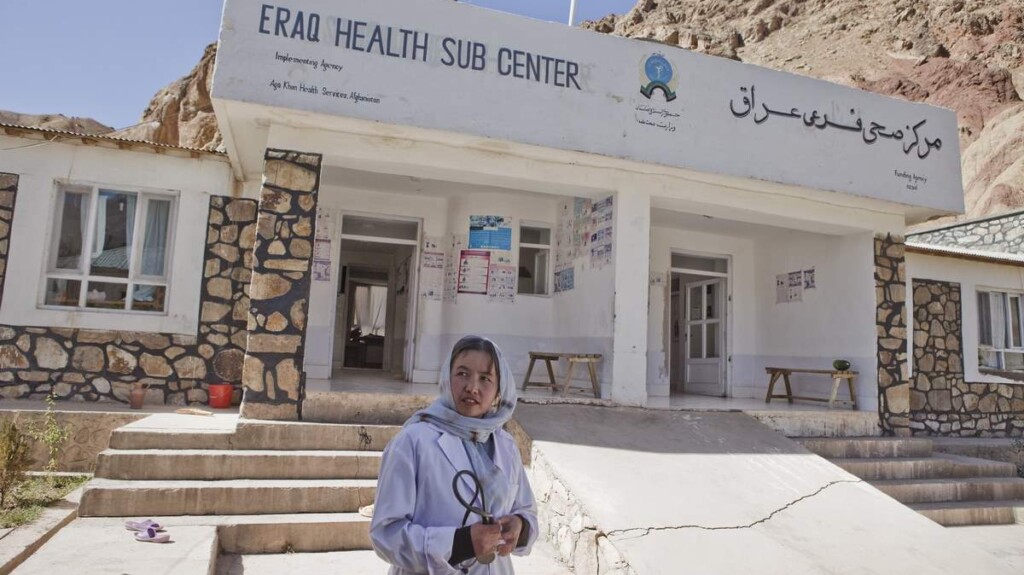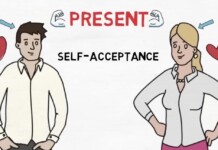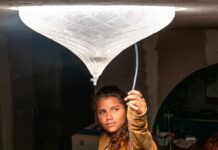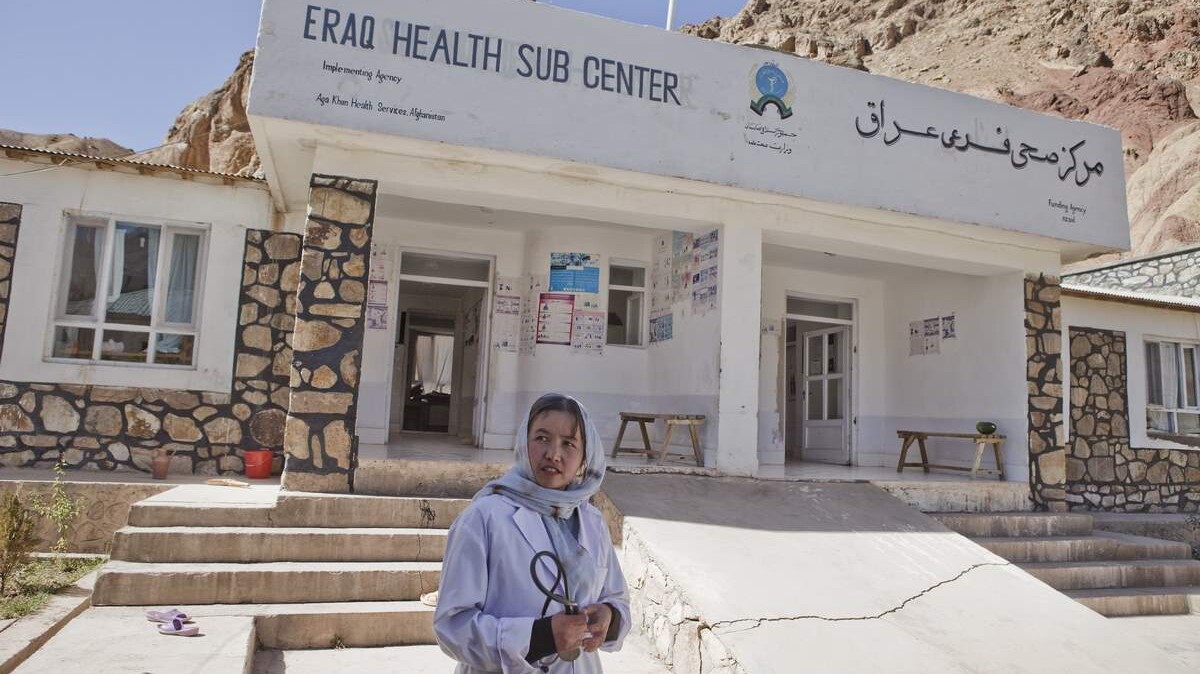
After a few years of Herculean efforts, UNICEF has reached a point where it has prevented two-thirds of Afghanistan’s healthcare sector from collapsing.
Working mostly in rural areas, the operation has been vast, employing 28,000 full-time carers and physicians and 32,000 volunteers staffing 96 fully-equipped hospitals and 2,400 rural healthcare centers, sometimes as small as a single room.
But for vaccination, childbirth, and routine checkups, even a small room can make a huge difference, and the work that UNICEF and partners have been doing is also helping to build better medical habits among rural populations inured to outside influence and change.
Taking over from a failing medical system that collapsed in 2021, UNICEF has propped up huge areas of medical sector work under ridiculous monetary constraints since no money can be transferred into the country’s financial institutions. Since the program began, there have been 2.2 million babies born in UNICEF facilities, a 20% increase since 2019.
The country that has suffered from 40 years of war presents the same challenge to those seeking to end lives and those seeking to save them: an incredibly challenging geography.
Areas like Nuristan and Ghor are covered in valleys where families eke out subsistence living on terraced villages along the valley sides. In these places, it can take hours of hiking to visit and return from a clinic.
But the 32,000 volunteers do as much as they can to connect these isolated places with difference-making medical services, thereby demonstrating the value of modern medicine to skeptical, enmeshed communities.
In a recent release, UNICEF gave examples of these lifesaving changes at work for the benefit of rural Afghans, whether for Safina, whose village now has a health post that helped her welcome three children into the world, or for Roqia, whose grandfather followed the advice of UNICEF’s community healthcare volunteers and hiked three hours over ice and snow to the clinic at the valley bottom after Roqia contracted polio last winter.
GOOD AFGHAN NEWS: They Brought Scouting to 10,000 Afghan Kids – And Just Got Permission to Continue By the Taliban
These first-hand experiences go a long way towards helping convince others to avail themselves of medical services, especially for male Afghans who, like men all around the world, are reluctant to seek care for minor issues.
But when living off the land as Roqia’s family does, minor issues can easily become major issues, and having a community member who speaks the same language to encourage people makes a real difference. These facilities are, after all, only possible and useful if they are used, UNICEF writes, and using them first requires that people know they’re there and that they can help save a child’s life.
MORE DEVELOPMENT EFFORTS: Over the Last 3 Decades, Nearly Everyone in Bangladesh Gained Access to Basic Electricity
“Community health workers catch the early signs of malnutrition, promote vaccination, and encourage women to breastfeed longer and deliver in institutions,” UNICEF wrote.
Today, more than half the population of Afghanistan receives basic medical services through UNICEF-organized or supported programs and facilities, and three-quarters of the population with hospital-level care, primarily for women and children.
SHARE This Truly Unbelievable Effort With Your Friends On Social Media…




















